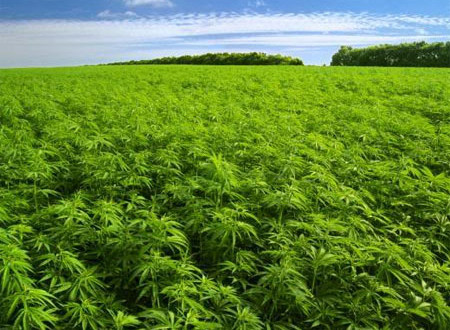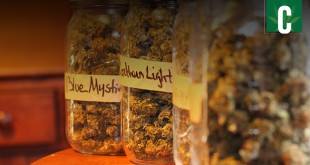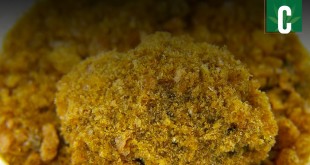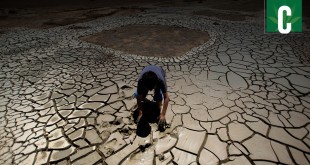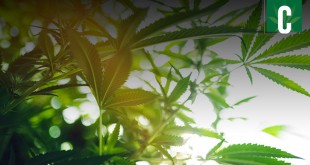California is struggling through its worst drought in memory, and observers say marijuana growers aren’t helping the problem.
The Golden State produces most of America’s weed, including the state’s own massive medical marijuana supply. Even with Colorado and Washington turning to local growers for their legal pot, California will remain a major exporter of cannabis.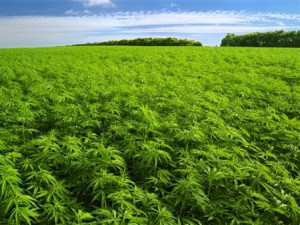
Most of that marijuana is grown on the North Coast, in the so-called Emerald Triangle of Mendocino, Trinity, and Humboldt counties. Farmers have been cultivating high-grade weed there since the 1960s, and the region has become insular and heavily dependent on the plant.
Growing it requires huge amounts of water. A single cannabis plant uses six gallons of water per day in the summer, according to the California Department of Fish and Wildlife.
In the Triangle, tens of thousands of plants depend on a single water source: the Eel River and its tributaries. With California deep in drought and no relief in sight, that’s water authorities say the state can’t afford to lose.
“The deeper you head into spring and throughout the summer, the chances of precipitation drop off drastically in California,” said weather.com meteorologist Chris Dolce.
Rain usually returns in the fall, but some areas won’t see more than half an inch between June and September, Dolce said.
Weather patterns are the single biggest cause of the drought, but other factors have aggravated the situation. Illegal pot grows are a big one, authorities say, and they’re cracking down. They’ve even caught illicit farmers stealing water from legal growers.
Many of these cultivators plant their weed in national forests and other public land, often in remote areas that are hard to reach.
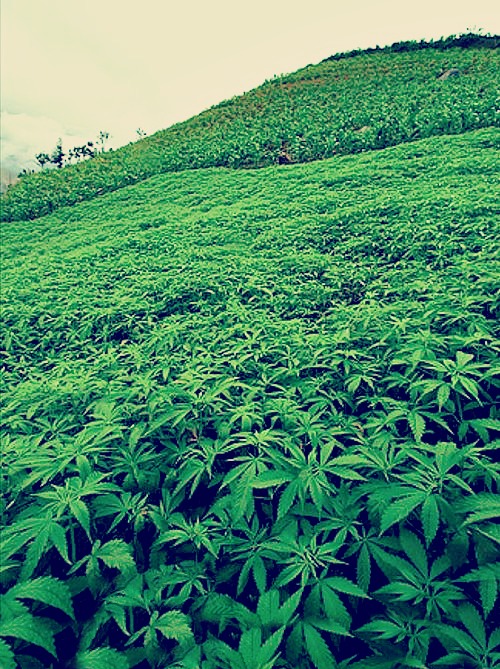 Gov. Jerry Brown has proposed a $3.3 million plan to enforce grow rules, while members of the state’s congressional delegation are trying to secure $3 million in federal aid to get rid of gardens in public forests.
Gov. Jerry Brown has proposed a $3.3 million plan to enforce grow rules, while members of the state’s congressional delegation are trying to secure $3 million in federal aid to get rid of gardens in public forests.
“They’re using the water illegally,” said U.S. Rep. John Garamendi. “They’re using the land illegally. They’re growing an illegal product. And they’re probably protecting that product with illegal weapons.”
There are no figures on how much water marijuana cultivation uses overall, but a study in 2011 found that indoor grows account for 1 percent of all energy use in the United States and contribute to global warming.
But not everyone thinks marijuana deserves such a big piece of the blame for California’s drought. Far more water is used in fracking and to irrigate other crops, pot proponents point out.
“Basically this is a case of marijuana being blamed for much more than it is responsible for,” said Ellen Komp, deputy director of the California chapter of NORML.
 California Marijuana Market Breaking "Marijuana News" from CA
California Marijuana Market Breaking "Marijuana News" from CA

